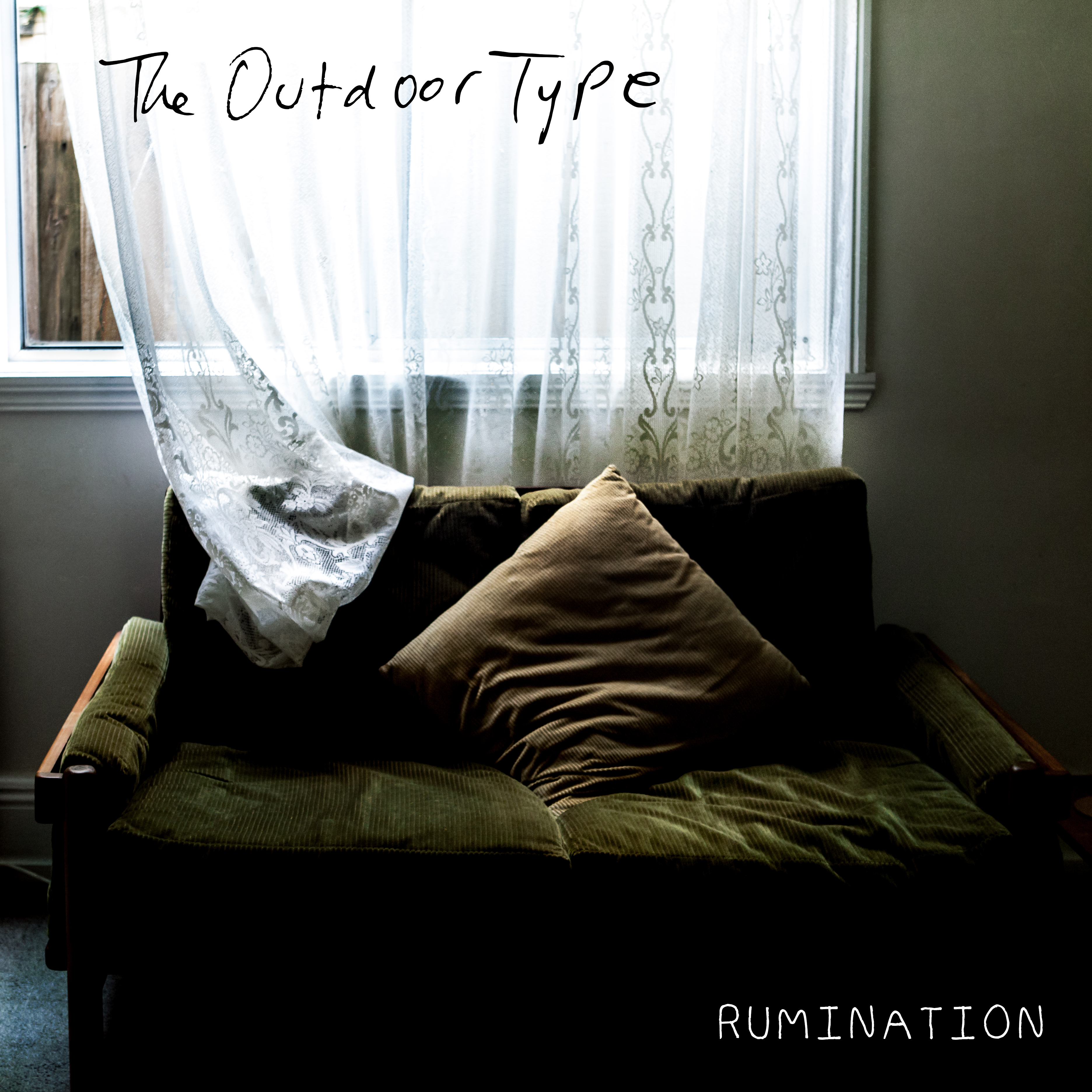Denim Tears and the Power of Visual Narratives in Fashion
The Rise of Denim Tears: A Fashion Revolution
Denim Tears has become synonymous with a fresh approach in fashion, challenging the status quo of traditional denim. Its rise isn’t just about aesthetics; it’s a statement on culture and identity. By incorporating motifs that resonate with historical and cultural narratives, Denim Tears has positioned itself as a leader in the streetwear movement. The brand taps into themes of heritage and resistance, resonating with a diverse audience. This approach has not only garnered a dedicated following but also prompted the industry to rethink the way denim is used and perceived. As more consumers seek meaningful connections with what they wear, Denim Tears stands as a testament to the power of fashion as a medium for storytelling.
Visual Narratives: Storytelling Through Style
The Denim Tears collection stands as a testament to storytelling through fashion. Each piece offers a visual narrative, rooted in cultural history and identity. The collection serves not only as clothing but as a tapestry of heritage. By integrating symbols and patterns, it communicates messages beyond the aesthetic. This approach transforms denim into a platform for dialogue, bridging past and present. Denim Tears challenges conventional fashion by embedding meaning and purpose into every garment. It compels the audience to engage with the context, to see the story woven into the fabric. In doing so, it redefines style, positioning itself as an essential component of visual storytelling in fashion.

Cultural Impact of Denim Tears Collections
The Denim Tears collections significantly influence cultural heritage by weaving traditional patterns into modern fashion. These pieces connect with stories of African American history, transforming garments into symbols of identity and resistance. By incorporating cotton wreath motifs and vibrant colors, the collections honor the past while promoting cultural awareness. This approach not only enriches the fashion industry but also educates consumers about historical narratives. Denim Tears has sparked important dialogues, making fashion a platform for cultural expression and social change. The brand’s strategy engages communities and sparks discussions on heritage, identity, and representation, ensuring the collections resonate beyond aesthetics and contribute to cultural consciousness.
The Art of Collaboration: Denim Tears Partners
Denim Tears Partners stands at the forefront of collaborative fashion. Their unique approach combines cultural narratives with cutting-edge design. By pairing with influential brands, they redefine denim’s role in streetwear. Each collection is a testament to craftsmanship and storytelling. This synergy between art and fashion sets new trends and sparks conversations. Denim Tears Partners understands the power of shared vision, bringing diverse voices together. Their collaborations transcend typical apparel, offering pieces that resonate on a deeper level. With each partnership, they challenge norms and inspire innovation. Denim Tears Partners not only shapes fashion but also molds cultural perspectives, making their collaborations pivotal in today’s style industry.
Sustainable Fashion: Denim Tears’ Eco-Friendly Approach
Denim Tears stands out in sustainable fashion by prioritizing eco-friendly practices. Their commitment to using organic cotton reduces environmental impact, avoiding harmful pesticides. The brand champions sustainable production methods, ensuring minimal water usage and energy-efficient processes. By opting for recycled materials, Denim Tears minimizes waste, aligning with circular fashion principles. Ethical labor practices further define their approach, guaranteeing fair wages and safe working conditions. As a result, they not only lower their carbon footprint but also promote social responsibility. Denim Tears’ dedication to sustainability influences the industry, encouraging other brands to adopt greener practices. This eco-conscious strategy positions them favorably in the competitive fashion market.
